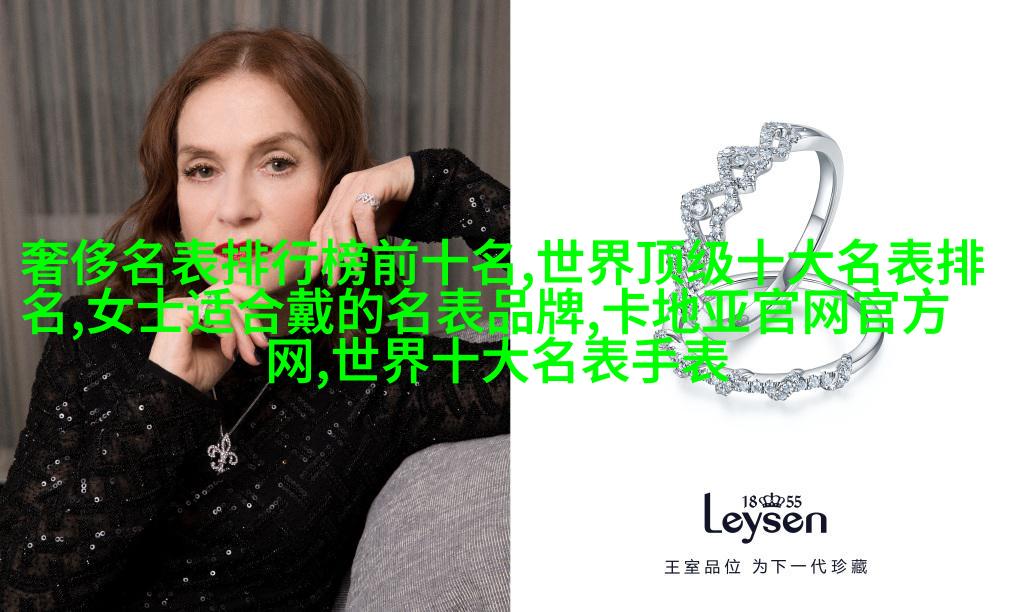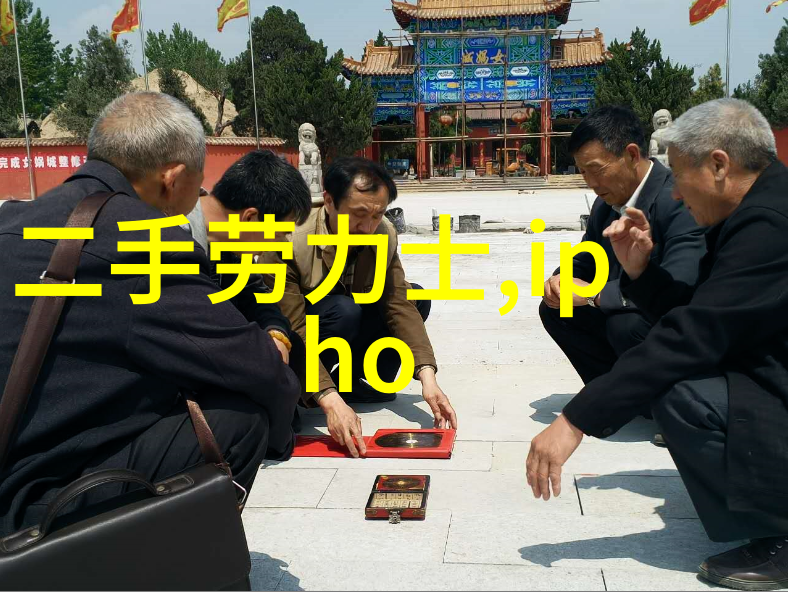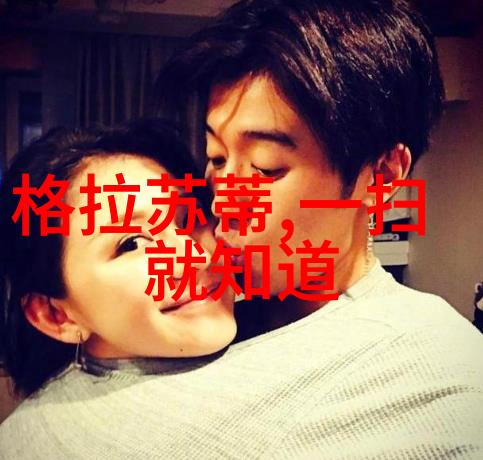Whimsy Vintage A Journey Through the Fascinating
Whimsy & Vintage: A Journey Through the Fascinating World of Retro English

The Birth and Evolution of Retro English
Retro English, also known as "vintage" or "retro" slang, is a fascinating linguistic phenomenon that emerged in the mid-20th century and has since captivated language enthusiasts worldwide. This captivating dialect has evolved over time, reflecting cultural shifts and societal trends.

The Rise of Retro English in Popular Culture
Retro English's popularity soared with the advent of television shows like Happy Days and American Graffiti, which showcased its charm through iconic characters like Fonzie and Grease Lightning. Film classics such as Rebel Without a Cause further cemented its place in popular culture.

Linguistic Characteristics of Retro English
Characterized by phrases like "groovy," "neat," and "far out," retro slang exudes an air of nonchalance while expressing enthusiasm or approval for something cool or impressive. Its use often conveys a sense of nostalgia for simpler times.

Influence on Modern Language Usage
Influence extends beyond nostalgic reminiscing; modern language usage frequently incorporates elements from retro slang to add flair to everyday conversations or express certain sentiments more effectively than contemporary idioms allow.

Revivalism vs Authenticity: Balancing Tradition with Innovation
While some purists advocate strict adherence to traditional retro lingo, others embrace creative reinterpretations that pay homage to its spirit without adhering strictly to historical accuracy – thus demonstrating how this unique form can evolve while maintaining relevance.
Cultural Significance Beyond Linguistic Nuances
Beyond simply being an interesting subset within the realm of language itself, retro slang serves as a cultural artifact bridging past generations with their descendants today – providing common ground for intergenerational communication while preserving cherished memories from yesteryear.
The End



